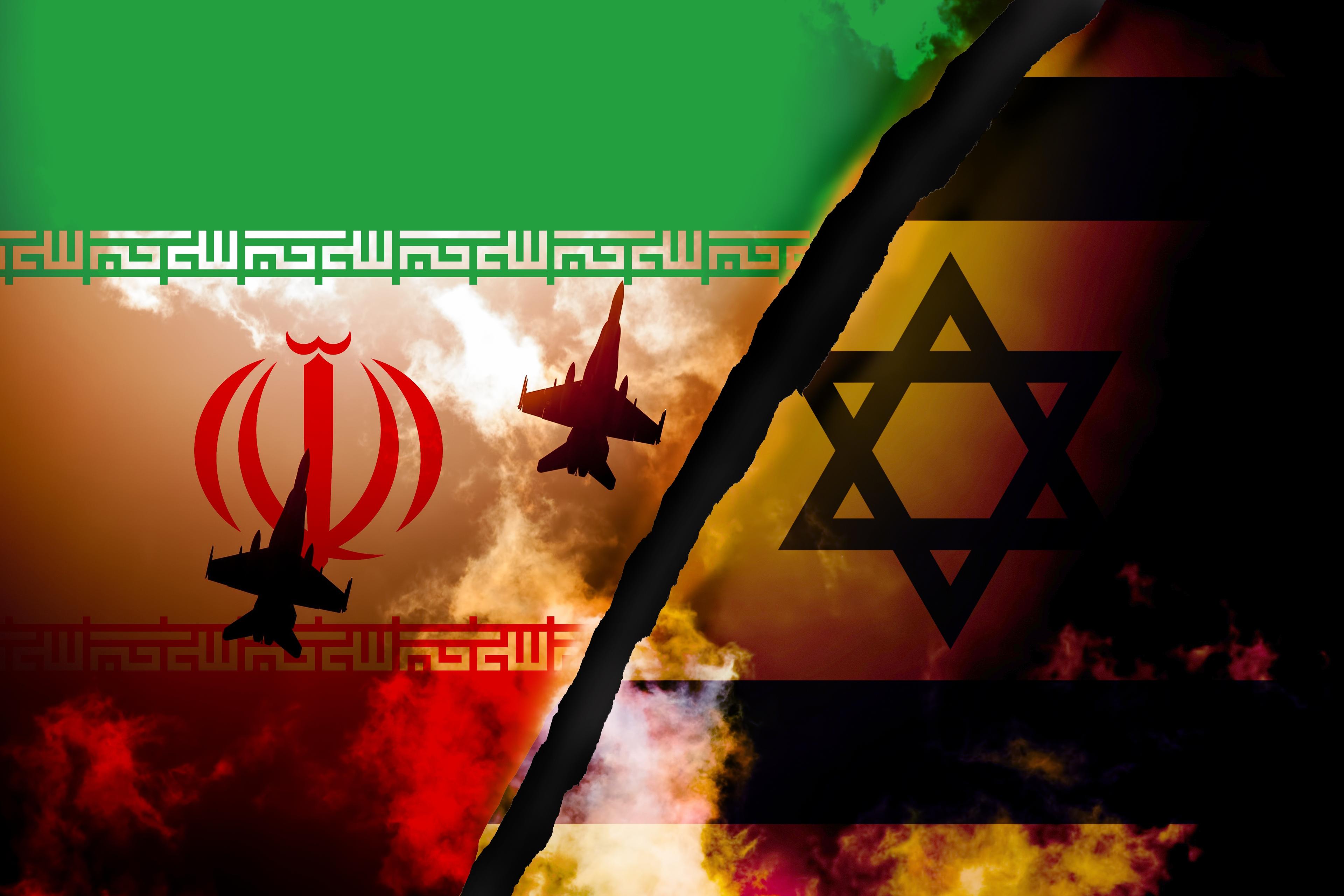The Trump Dilemma: Can the Iranian Regime Be Toppled Without U.S. Intervention?

Perhaps the most pressing strategic question today is whether regime change in Iran is possible without direct American intervention. If we adopt the Israeli interpretation, that Iran’s remaining strategic assets are its nuclear program and ballistic capabilities, then the key issue becomes whether there exists a clear threshold, an endpoint, a moment when the United States is prepared and willing to intervene. Is the U.S. aiming for total nuclear neutralization, or is it ultimately waiting for the regime to collapse from within?
Ironically, Israel may have bought Washington another year to deliberate. But at the heart of the matter lies the main unknown: the role of the Iranian people in the nuclear equation. If the people succeed in bringing down the regime, military action becomes redundant. If they fail, then the critical question becomes one of timing, should a diplomatic initiative come before or after a strike?
Much of this hinges, as noted, on the Iranian people themselves and on the possibility of mobilizing and activating opposition forces. Back in 2009, Iranians signaled to President Obama that they were ready to dismantle the dictatorship. Yet today, despite the fact that only 32% of the country is ethnically Persian Shiite and that Iran’s military is reportedly deteriorating, there is still no real momentum.
Another possibility is to wait. Israel might be seeking a real pause to give opposition forces room to organize ahead of a potential collapse. If that fails to materialize, a decisive American strike seems likely.
The United States, in theory, still has time to pursue both a diplomatic track and maintain a military option, while allowing internal opposition the space to tilt the balance, especially in light of recent Israeli achievements. In this scenario, Israel set the stage for a dramatic military shock that provoked a shaken regime into diplomacy, creating space for both internal regime change and extreme U.S. force projection. One option doesn't cancel the other, they may operate simultaneously or sequentially.
What’s nearly certain is that the days of a nuclear-armed Iranian regime appear to be numbered.
The Israelis have done the cooking. (Will the Iranians serve?) The Americans will eat.
Israel has done its part, accurately, and within its capabilities. America provided the tools.
Now the question is whether the other players are ready and willing (in the case of the Americans) or able (in the case of the Iranians) to do their parts. And if they do, will it be done as a coordinated operation, or not?
This brings us back to the great unknown: the Iranian opposition.
On one hand, it is too liberal. On the other, it is unarmed. That’s why the most plausible and logical scenario, if America is serious about regime change, or at least preventing a nuclear Iran, is to strike.
According to Israeli doctrine, this would leave the regime with little room to maneuver. This would also be the phase where it makes strategic sense to eliminate Khamenei. Because if a strike is launched without toppling the regime, there’s little point in keeping him alive.
Preparing a functioning opposition now seems almost imaginary. Israel cannot occupy. Arab Sunni militias are an altogether dangerous gamble.
Now we wait.